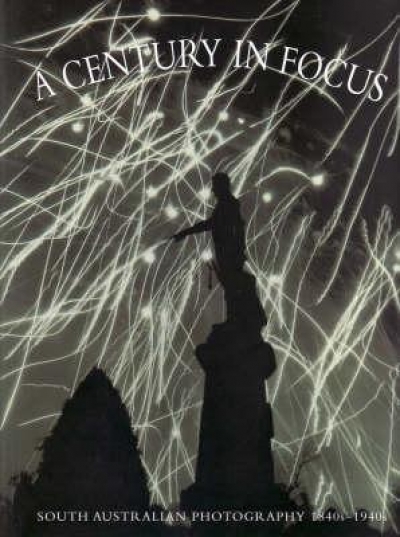Photography
A Century in Focus: South Australian Photography 1840s-1940s by Julie Robinson and Maria Zagala
by Alisa Bunbury •
Printed Images in Colonial Australia 1801-1901 edited by Roger Butler & Printed Images by Australian Artists 1885-1955 edited by Roger Butler
by John McPhee •
Freud at Work: Photographs by Bruce Bernard and David Dawson by Lucien Freud in conversation with Sebastian Smee
by John Gregory •
Faces of the Living Dead: The belief in spirit photography by Martyn Jolly
by Isobel Crombie •
Eye Contact: Photographing Indigenous Australians by Jane Lydon
by Helen Ennis •
Photogenic: Essays/photography/ccp 2000-2004 edited by Daniel Palmer
by Kyla McFarlane •










